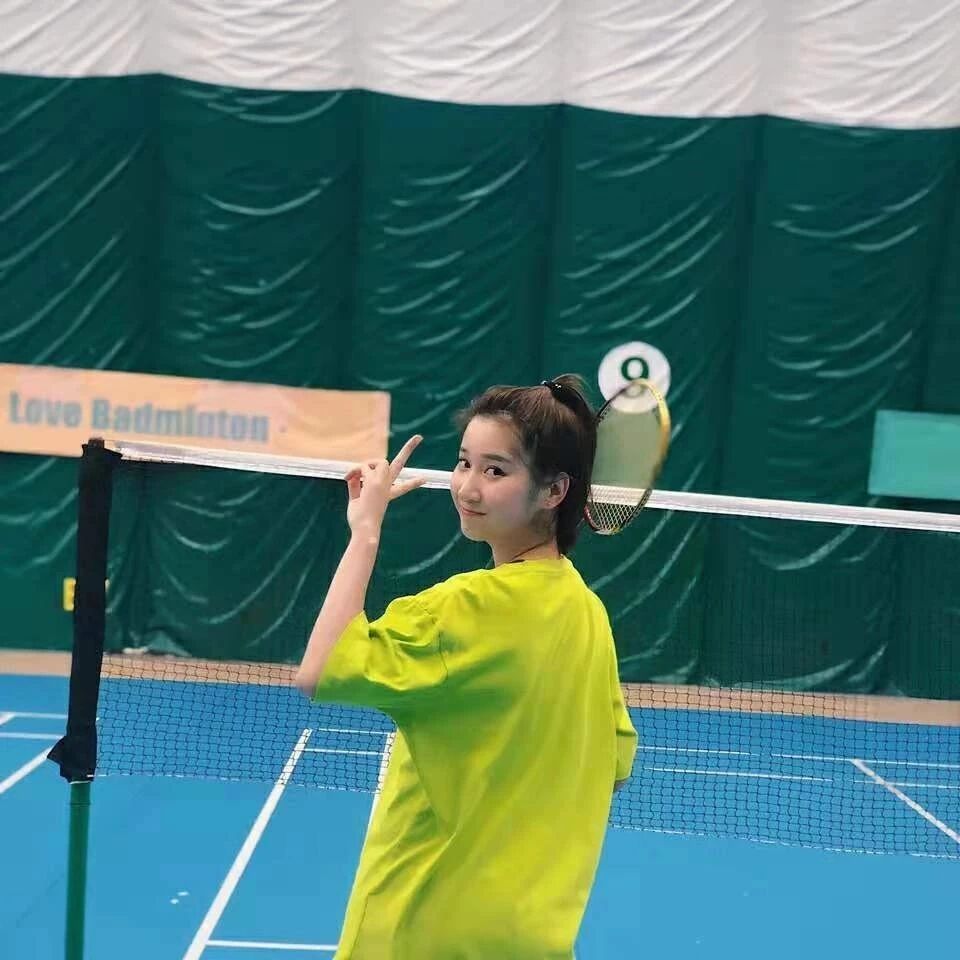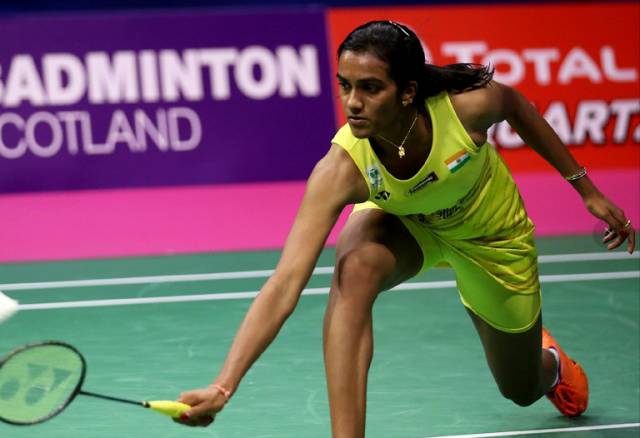Badminton players, beware—now you’ll find out there are actually 58 common misconceptions about playing badminton!
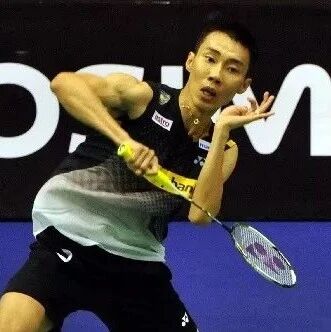
We amateur badminton enthusiasts always strive to improve our skills and feel ready to take on more and more matches on the court. But even after mastering the basic techniques and becoming relatively confident in our play, we still struggle to handle situations smoothly during games—and often end up losing even more matches.
At this point, we need to pause and reflect on whether we’ve fallen into any pitfalls on our path to progress.
1. Did you know that blaming the racket won’t fix a poor smash—you can’t even hit 400 km/h with an NRZSP, no matter how hard you try!
2. Did you know that when it comes to footwork, factors like height, stride length, and flexibility all make a difference?
3. Did you know that the power generation always starts big and then tapers off—smaller movements follow? If you can’t execute the side-step, foot push, and body rotation as a natural, reflexive motion, there’s no need to focus on wrist or finger strength—it’ll only increase your risk of injury.
4. Did you know that the most effective feint isn’t your signature “trick” practiced in front of a video—rather, it’s the consistency of your basic moves?
5. Did you know that a bow can’t shoot an arrow unless it’s drawn, and a punch can’t generate power unless it’s properly initiated?
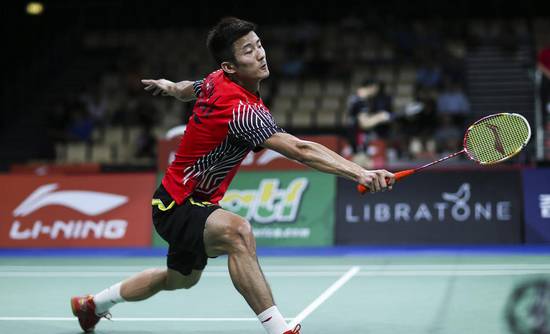
6. Did you know that if standing still and hitting the shuttle isn’t very threatening, then "hitting while jumping" is even less so?
7. Did you know that 60% of people lose more than 30% of their power due to improper contact with the racket face at the moment of impact?
8. Did you know that when hitting a long-distance shot, your footwork should always start with small steps in the first few moves, but take a larger step on the final one?
9. Did you know that when you hit the ball while leaning back, what you’re actually doing—rather than the “jumping smash with a reverse arch” used by professional athletes—is turning a ball you could have handled actively into one you’re forced to play passively?
10. Did you know that when you’re on the offensive, you should try more straight-line attacks, since the distance is shorter? But when you’re on the defensive, aim for as many cross-court shots as possible, as they can disrupt your opponent’s timing and prevent their continuous attacks.
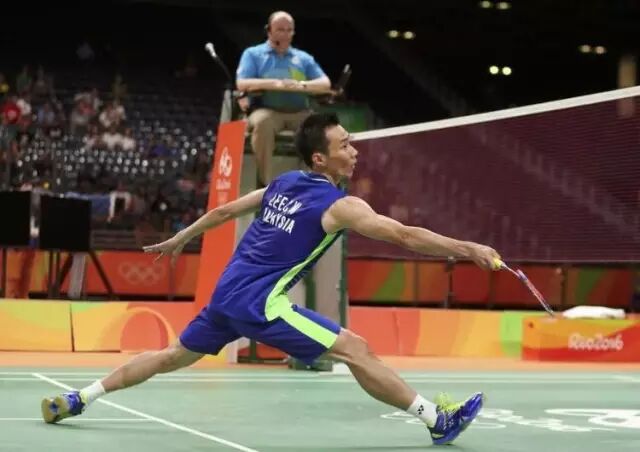
11. Did you know that relaxation isn’t just a playing attitude or a mental mindset—it’s actually the technical skill that comes from consistent practice and mastery.
12. Did you know that kids as young as 7 or 8 can easily hit deep, high shots all the way to the baseline—so there’s no need to worry about "lacking strength"!
13. Did you know that muscle memory and brain memory are entirely different—muscle memory can only be developed through sufficient, repeated training;
14. Did you know that many amateur champions either didn’t train seriously with a coach, or they had strong, skilled players nearby offering careful guidance—plus they practiced relentlessly on their own? There aren’t as many natural talents who succeed effortlessly without any effort, nor are there as many exceptionally smart individuals who somehow intuitively master advanced techniques without any instruction.
15. Did you know that badminton is a competitive sport? In an evenly matched battle, don’t expect to play it cool or effortlessly—just do your best to make your opponent feel even slightly more uncomfortable than you are, and that’s all it takes to win.
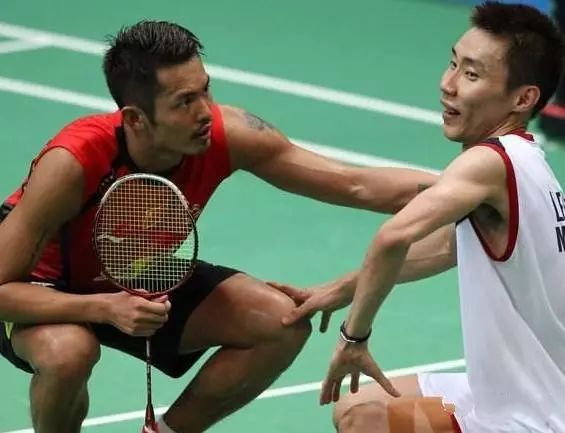
16. Did you know that badminton is a competitive sport—no matter how skilled you are, if you fail to observe your opponent or identify their weaknesses and vulnerabilities, you could still lose to someone far less talented than you?
17. Do you know what teamwork means in doubles? Beyond those overused, cliché strategies, the most crucial point is to always remember that you have a partner. Every shot you play should aim to make it as easy—and even more comfortable—for your teammate to return it. That’s what true teamwork is all about.
18. Did you know that an opponent one level above you will absolutely dominate you, whether they’re using 18-pound line or 30-pound line?
19. Did you know that so-called "split hits" and "slides"—they simply alter the ball's trajectory by changing the direction of racket face friction; either technique can be used equally well in the forehand area or overhead zone.
20. Did you know, the time it took to write this post could have been used to swing a racket 300 times, do 5 sets of static squats while reading it, or even twirl a racket in your hands, forming an "8" shape—time well spent! Practice doesn’t always mean you have to step onto the court; keep those skills sharp anytime, anywhere!

21. Did you know that the blocking move originates from extensive running off the ball—someone standing rigidly at the T-shaped position like a nail simply can’t block the net?
22. Do you know that when your partner creates an opportunity for the opponent to lift the shuttlecock with a perfect drop shot, what he loves most is your straight, powerful smash—while what he hates most is your high, deep return that gives away the attacking edge and ruins the carefully crafted play?
23. Did you know that mistakes in doubles can be contagious—and so can emotions? So if you make a mistake, be sure to say "It's mine!" or "SORRY!" to your partner.
24. Do you know that often, when your partner fails to return a smash or gets "blown away" by the opponent—literally "having their head smashed"—it’s usually due to your unwise shot placement?
25. Do you know that when your partner is frantically running back and forth along the baseline, exhausted from being constantly shuffled around by the opponent, what they need most is for you to step in decisively with a single, well-timed interception—giving them a much-needed moment to catch their breath?
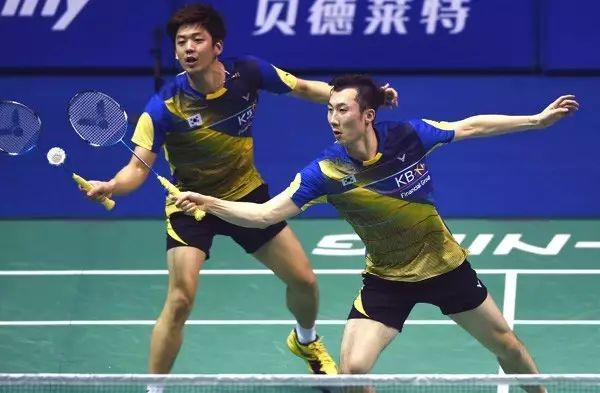
26. Did you know that the net-closing motion is very subtle—when closing the net, you don’t retract the racket; netting isn’t a one-shot action—instead, maintaining smooth, continuous motion is far more important than applying force in a single, sharp stroke.
27. Do you know that no matter how powerful your smash is, without your partner’s delicate net play and strong flat drives to create opportunities, your opponent simply won’t lift the shuttlecock high enough for you to finish with a decisive smash?
28. Did you know that in doubles, half the outcome hinges on the serve-and-return phase? It’s no shame to practice your backhand serve diligently—after all, it’s the quickest way to boost your doubles game!
29. Did you know that sometimes a sudden, flat high shot can pose an even greater threat than a smash—but remember, it has to be "sudden"?
30. Did you know that if you’re really unsure where to strike for maximum impact, aim right between your opponent’s two players—this vulnerable spot can throw off their timing, slow down their shots, or even lead to them accidentally hitting each other—or even sparking a heated argument. And if things escalate to the point where both players pull out their guns, make sure to hit the getaway as fast as possible!
31. Did you know that in doubles, you should hold your racket slightly higher when receiving serve—this not only gives you a bit of a psychological edge over your opponent but also helps you defend against their quick, flat, and potentially dangerous overhead attacks.
32. Did you know that in doubles, when receiving a defensive shot, the priority is to push the ball back; next, block the angled net drop shot; then lift the ball high; and lastly, block the straight net drop shot? It’s slightly different in singles.
33. Did you know that the key to effective net play isn’t about how much power you generate, but rather the preparatory movements leading up to the shot—such as stepping back to create a longer reach, lowering your center of gravity to enhance your ability to generate force, lifting the racket to open up more power-generating space, keeping your grip relaxed for smoother motion, and even incorporating daily figure-eight wrist rotations to improve wrist flexibility?
34. Do you know that the gap between professionals and amateurs goes far beyond just the precision of movements—what truly sets them apart is the underlying physical fitness developed over years of dedicated training. So don’t casually try to copy the technical moves of top-level experts.
35. Did you know that most amateur players can essentially establish their own playing style and identify their unique strengths and development path early on in their learning process?
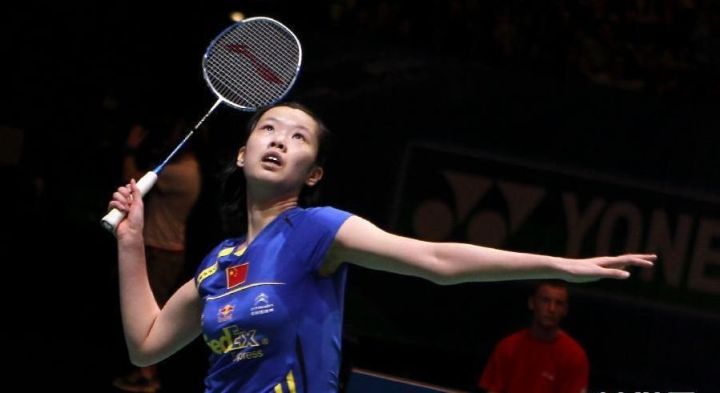
36. Do you know that while capability is certainly important, knowing how to apply your limited abilities effectively in combat is even more crucial?
37. Did you know that while watching international competitions is undeniably exciting and thrilling, watching amateur competition videos is actually more beneficial for learning and improvement?
38. Did you know that your badminton skills aren’t defined by your strongest abilities—but rather by your weakest ones?
39. Did you know that "Speed is the key to mastering all martial arts," and this principle applies perfectly to badminton as well? Work hard to become faster—move swiftly, anticipate quickly, strike decisively, and adapt with lightning speed!
40. Did you know that in doubles, changing the rhythm of your serve is crucial—mentally counting "1" as you serve, or even "1, 2, 3," can create a split-second mental opening for your opponent.
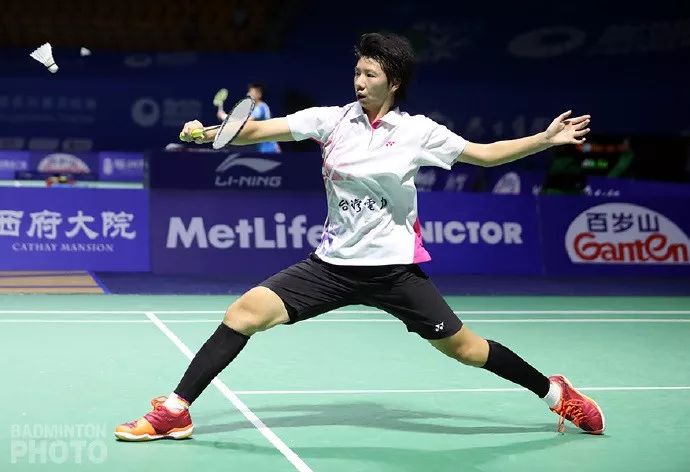
41. Did you know that the larger the final step in your net approach, the harder it becomes to lunge forward? This is because a wider step lowers your center of gravity, while also helping to prevent your knees from extending past your toes—thus reducing the risk of knee injuries.
42. Did you know that, for amateurs, the first challenging hurdle in learning to play is a simple yet deceptively difficult move—running while holding the racket?
43. Did you know that picking the ball is the technique requiring the least precision in terms of movement consistency, so feel free to confidently use large, fluid motions—driving the action with your upper arm and letting your forearm follow naturally!
44. Did you know that sometimes, concealing your strengths is the key to victory? Holding back just enough to leave your opponent feeling uncertain and on edge can be incredibly powerful—almost devastating.
45. Did you know that, on the journey of learning to play, losing is far more important than winning? Each time you clearly understand how you lost and then work specifically to improve, you’ll steadily move closer to victory.
46. Do you know that, regardless of whether the technique is comprehensive or not, you still need to think about organizing the ball movement and applying tactics?
47. Did you know, if your shot forces the opponent into a defensive position, it’s the perfect chance to close in—so go for it!
48. Did you know that the greater the angle at which you hit the ball toward your opponent, the more likely they are to return it at an equally wide angle? That’s why, sometimes, controlling the middle of the court is also a common and effective strategy.
49. Did you know there are two major taboos in doubles play? First, when your partner is on the attack, they fail to move directly to the net to cover the line. Second, after the ball has already passed your teammate, they turn back to try and retrieve it. To sum up these two points: "Cover the line, block the line; don’t reach over your partner’s shoulder."
50. Did you know the ball comes over the net, so you should always be ready to raise your racket?
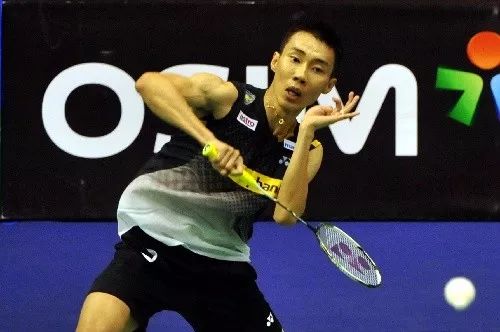
51. Did you know that "thinking leads to doing," which is why consciousness comes first, followed by technology. (The question of whether consciousness or technology should take precedence has always been a hot topic of debate among us. Some friends argue that technology must reach a certain level before we can even begin considering issues of consciousness—after all, if the tech isn’t there yet, even the most inspired ideas remain just that: unattainable. But I believe differently. Humans, especially adults, possess the unique ability to think and judge independently. So, if someone doesn’t see the value in pursuing a particular task, no matter how compelling your arguments might be, they simply won’t commit to it. That’s why, first and foremost, it’s crucial to ensure that an adult not only understands but also genuinely agrees with a given idea—only then will they be willing to invest time and effort into mastering the necessary technology, enduring the inevitable solitude along the way. In this sense, consciousness truly should come before technology.)
52. Did you know that there’s both slow and fast drop shots, as well as long and short ones? If you want the ball to land closer to the net, just "cut" it a bit more; but if you’re aiming for faster pace, give it a little more "follow-through."
53. Did you know that the wider your body turns when executing a drop shot, the greater the element of stealth? So, even if it feels ineffective, make an effort to turn your body fully as you play the drop shot.
54. Did you know that even a seemingly simple cross-step approach requires stretching to loosen your muscles and joints, static squats to build strength, jump rope to enhance explosive power, and hip rotations to maintain balance—and yet, no matter how many times you practice, closing the gap to that perfect, wide stride still feels frustratingly out of reach. (Despite feeling like there’s little noticeable improvement after repeated cross-step drills, you can’t help but notice that your leg muscles are steadily growing stronger over time.)
55. Do you know that those ugly, ground-crawling balls—running tirelessly without ever dropping—actually represent the essential path to improving your skills and abilities?
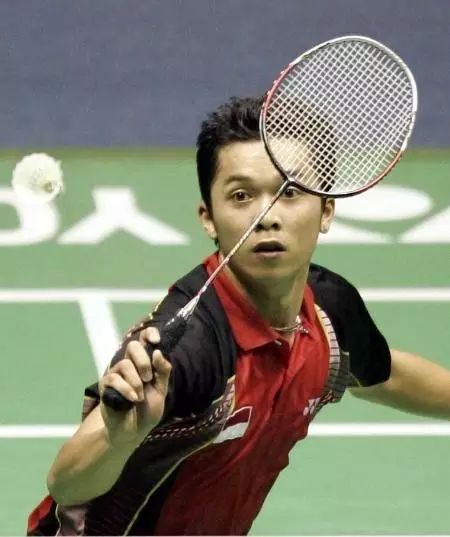
56. Did you know that if, after a doubles match, you feel absolutely thrilled by your powerful smashes, you should definitely thank your partner—because it means he set up the perfect shots, giving you those golden opportunities to attack? On the other hand, if during a doubles match your partner hardly gets a chance to smash, it’s worth reflecting on whether you might have done something less effective yourself.
57. Do you know that in "Wild Ball Fist," there’s a large group of masters tirelessly spreading vast amounts of misinformation every day—yet newcomers happen to lack the ability to tell right from wrong. If you weren’t under so much financial and time pressure, you’d still be better off finding a professional coach.
58. Did you know that singles and doubles in badminton are almost like two entirely different sports? So when you’re playing doubles, make sure to switch your mindset from "singles mode" to "doubles mode."


Related Articles

"Thank you, Malaysia!" Wu Liuying's retirement ceremony concluded successfully—farewell, "Niangniang"!
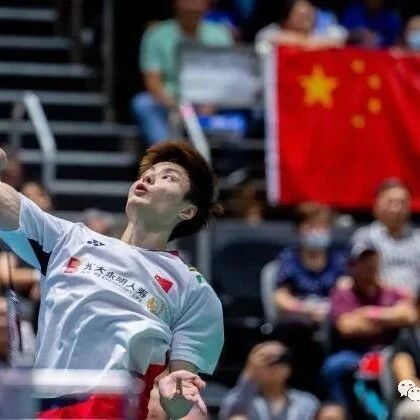
Should Zhang Jun be removed from his position? Is the Chinese badminton men’s singles program facing a generational gap? Despite winning three gold medals throughout the year, the lack of strong reserve talent remains a significant concern.
